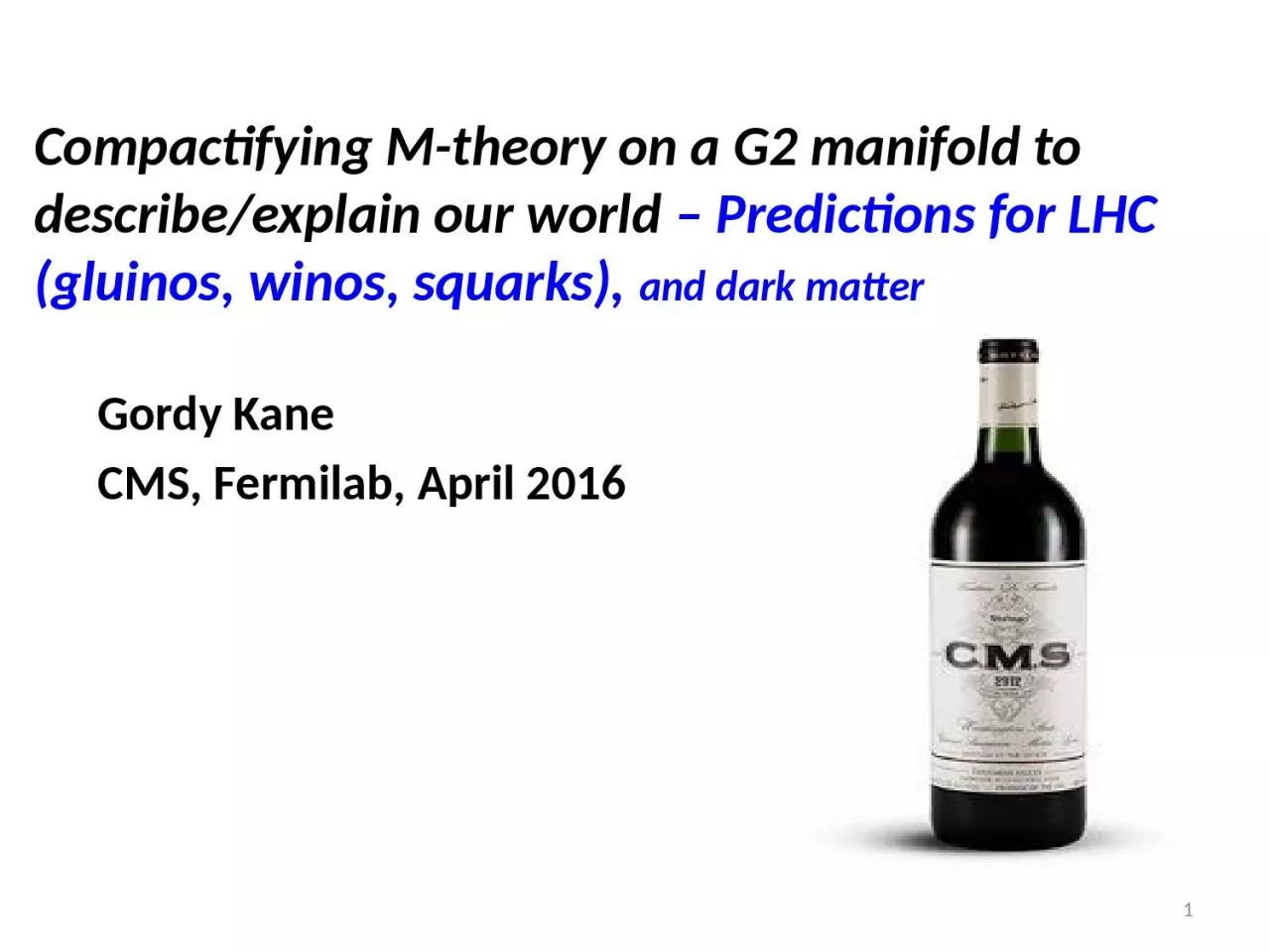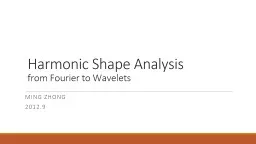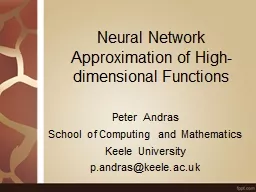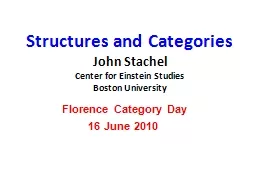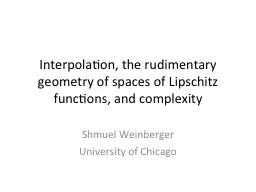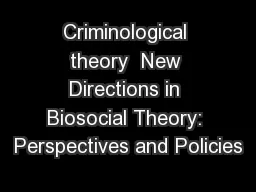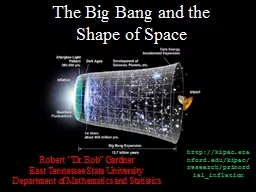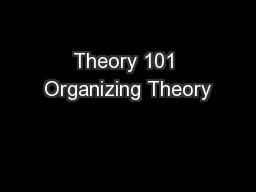PPT-Compactifying M-theory on a G2 manifold to
Author : osullivan | Published Date : 2023-09-19
describeexplain our world Predictions for LHC gluinos winos squarks and dark matter Gordy Kane CMS Fermilab April 2016 1 OUTLINE Testing theories in physics
Presentation Embed Code
Download Presentation
Download Presentation The PPT/PDF document "Compactifying M-theory on a G2 manifold ..." is the property of its rightful owner. Permission is granted to download and print the materials on this website for personal, non-commercial use only, and to display it on your personal computer provided you do not modify the materials and that you retain all copyright notices contained in the materials. By downloading content from our website, you accept the terms of this agreement.
Compactifying M-theory on a G2 manifold to: Transcript
Download Rules Of Document
"Compactifying M-theory on a G2 manifold to"The content belongs to its owner. You may download and print it for personal use, without modification, and keep all copyright notices. By downloading, you agree to these terms.
Related Documents

